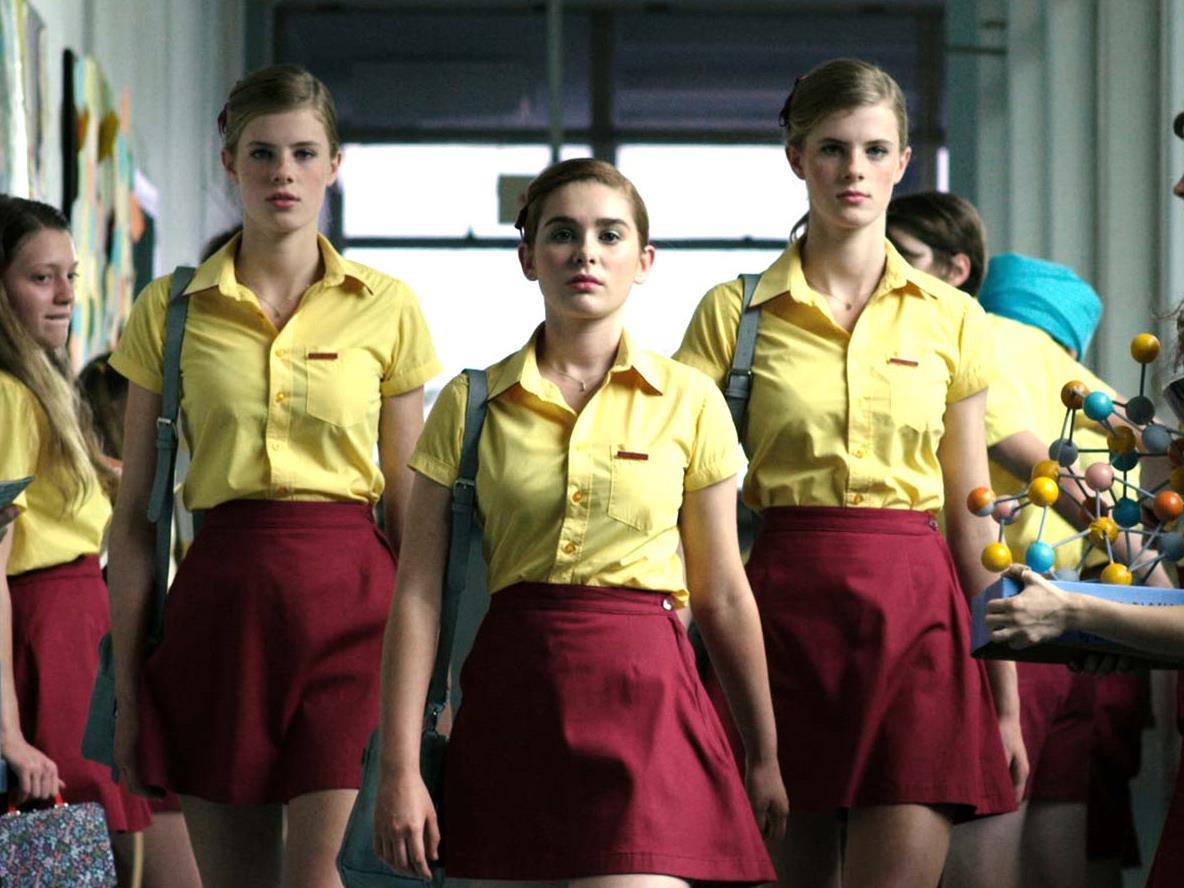Image: The HIVE Project film, Girl Asleep, directed by Rosemary Myers.
If you haven’t heard about HIVE LAB – an intensive three day workshop running from 8-11 October 2017 and focused on cross-disciplinary collaboration –– now is the time to start taking note. Because when artists’ and filmmakers’ ideas collide, something truly unique happens on screen.
‘In Australia I think a lot of the time we have screen funding on one side and other arts funding on the other side. Screen Australia and Australia Council – they fund different things and we don’t have a lot of cross-over between art forms and artists, in the sense of being able to collaborate with each other,’ said HIVE LAB’s Jane Howard.
‘The works that has come out of HIVE are some of the most exciting films we have had in Australia in the last five years … the LAB is just an incredible opportunity to have artists in the same room talking.’
Since the first HIVE LAB was held in 2011, its reputation as a unique film-meets-art incubator has spread internationally, with previous HIVE projects Girl Asleep and Spear celebrated globally. Praised by the New York Times, Girl Asleep also won the prestigious Australian Film Critics Association Best Film Award for 2017.

Image supplied.
Space to talk
HIVE LAB brings together artists from across Australia, uniting them with colleagues from different disciplines, experiences and histories. When teamed together with industry experts, the lab allows participants to share valuable insights into one another’s diverse practices.
Howard said that the magic of HIVE LAB arises out of ‘a combination of the mentors and the artists.
‘There will be panels, and also there’s a lot of space to talk. HIVE LAB is during the Adelaide Film Festival, which is one of the best things about it. The artists [chosen for HIVE] will be seeing films, going to the after parties – but also just being in an environment that is surrounded by thinking and talking.’
The three-day workshop is specially designed around the artists’ needs and direction – with the participants asked to bring a project idea into the HIVE LAB.
‘Every year is different just because the artists are different and they bring in different sets of abilities … so we don’t know what’s going to come out which is exciting,’ Howard noted.
By attending HIVE LAB artists will have a rare opportunity to learn and collaborate with peers from across the country. Previous artists who have participated have gained valuable insights into previously unfamiliar media and practices.
‘Artists like Eddie Perfect and Lally Katz come through HIVE and then go on to do screen projects,’ Howard said.
Learn more about HIVE’s history
If you’re planning to apply to HIVE LAB, it’s important to make sure your application stands out, Howard said.
‘Show your passion. People are artists because they show their passion. Artists put a lot of time and sacrifices into their work so you should really be able to show that on the page.’
An important part of the application is identifying ‘why you want to be in a collaborative environment,’ Howard continued. ‘That’s what it’s about – this space is about discussion. And explain to us why that is part of your practice and something you want to do.’
Applications for HIVE LAB #4 are now open, and close 11 August. This initiative is not one you want to ignore.





